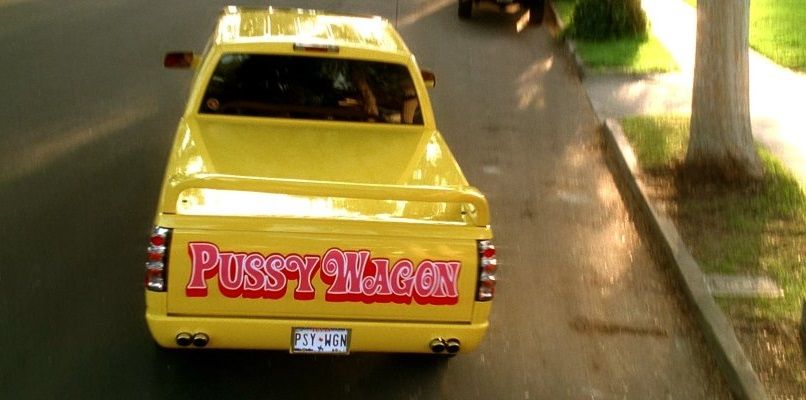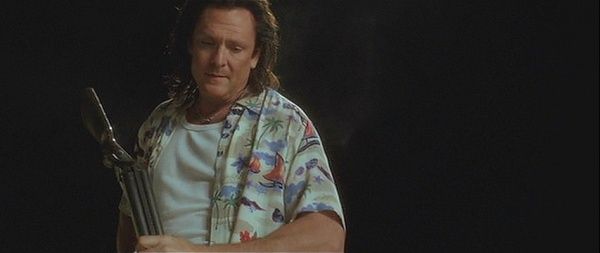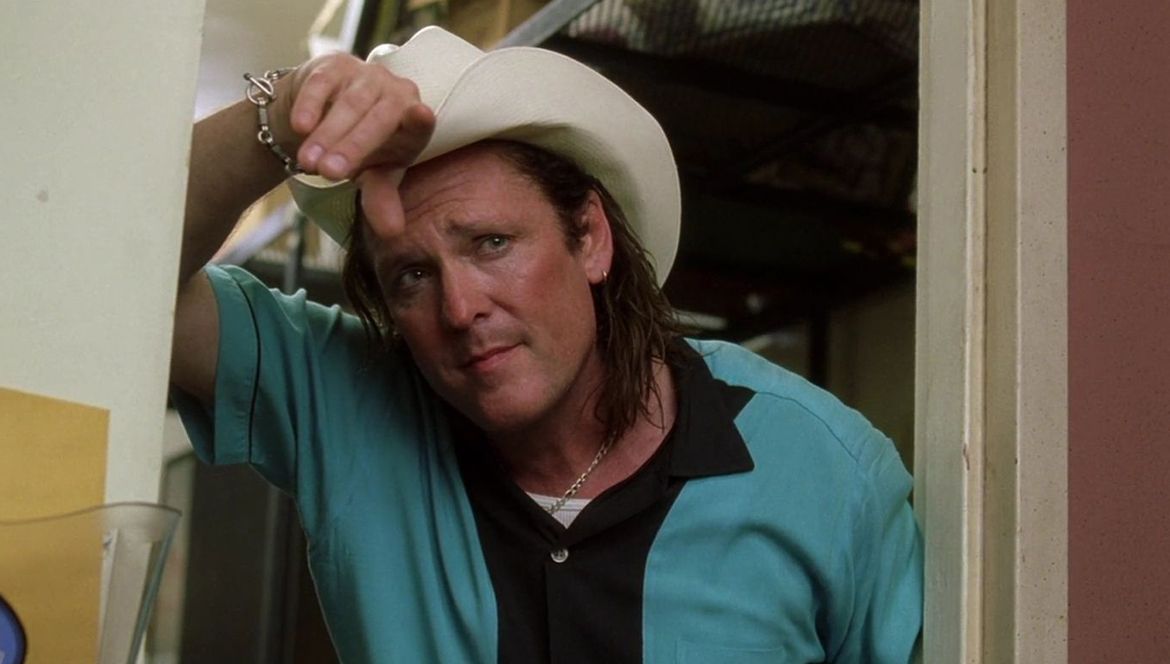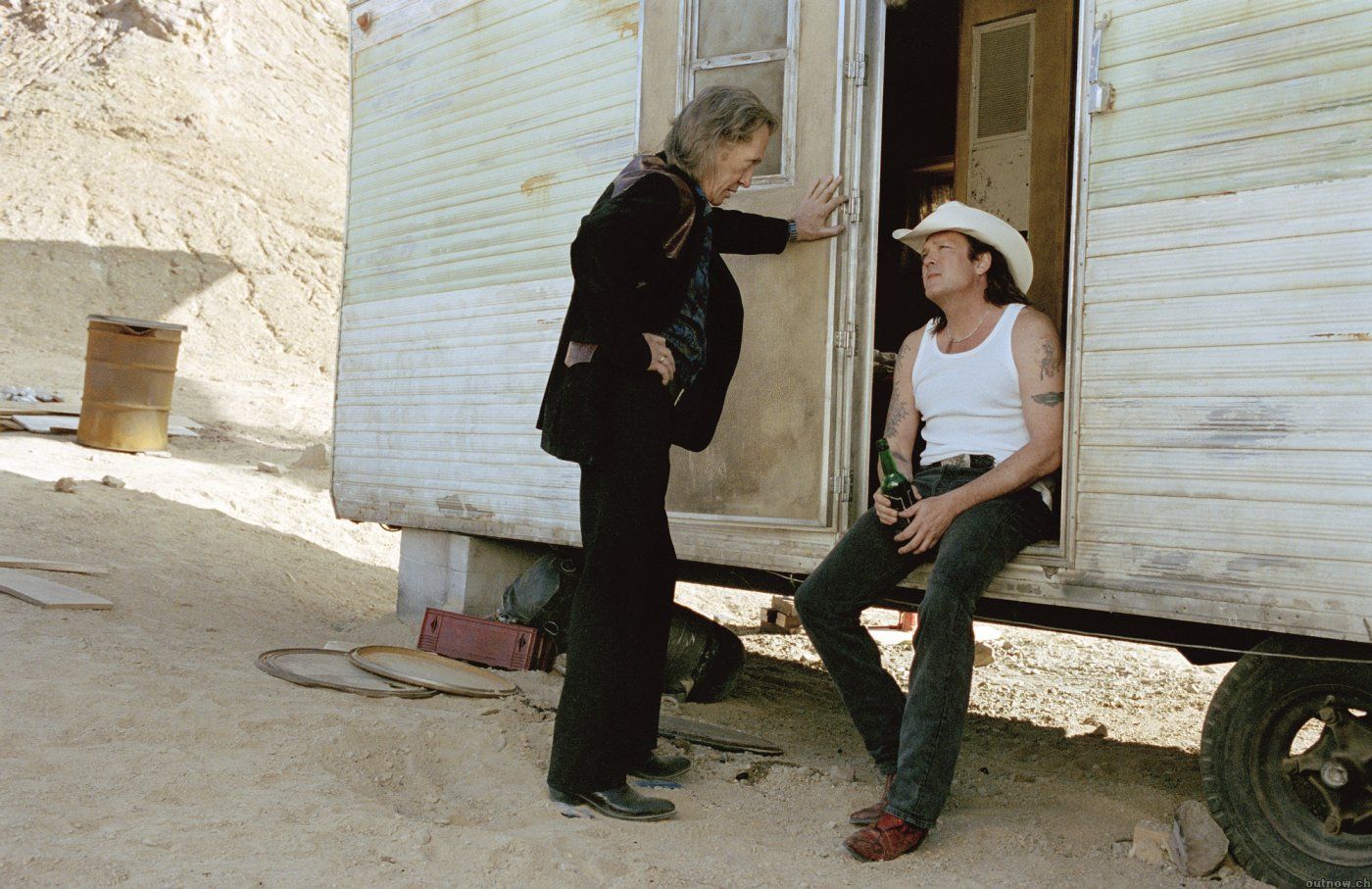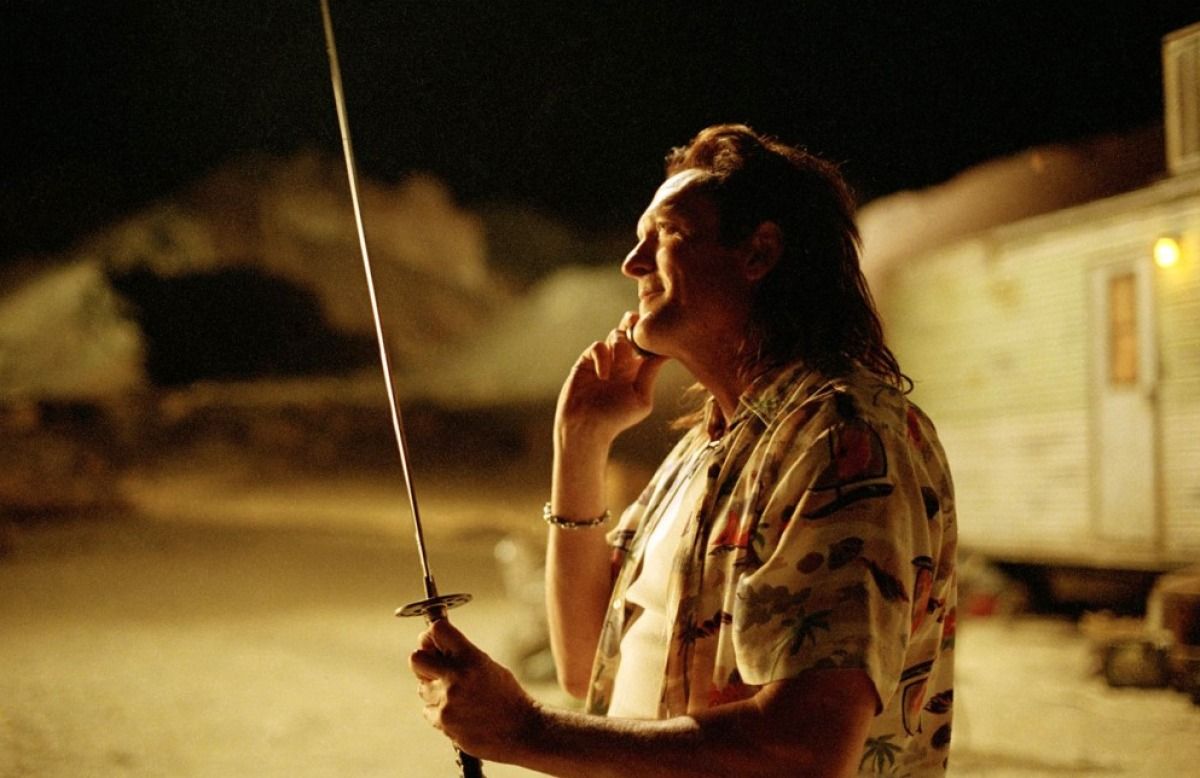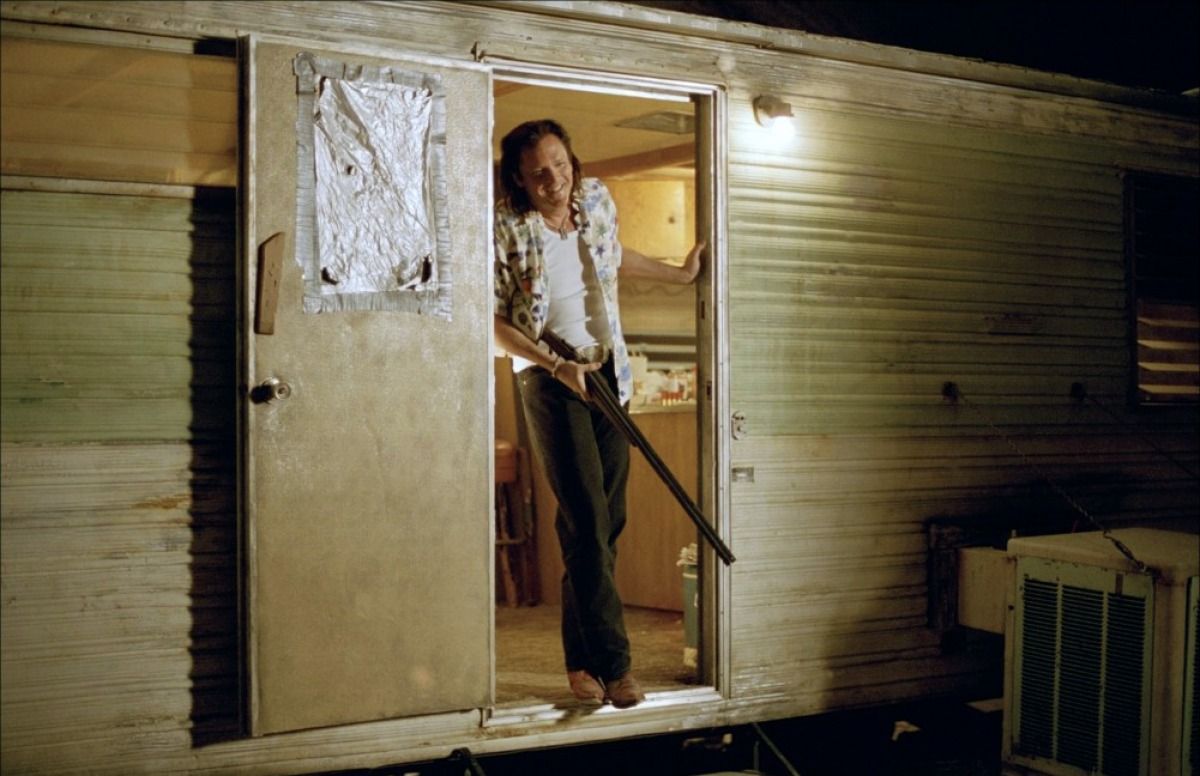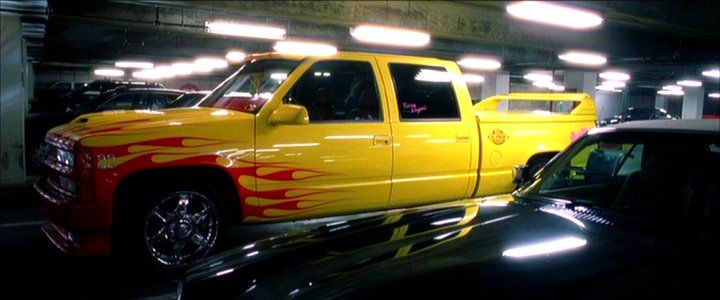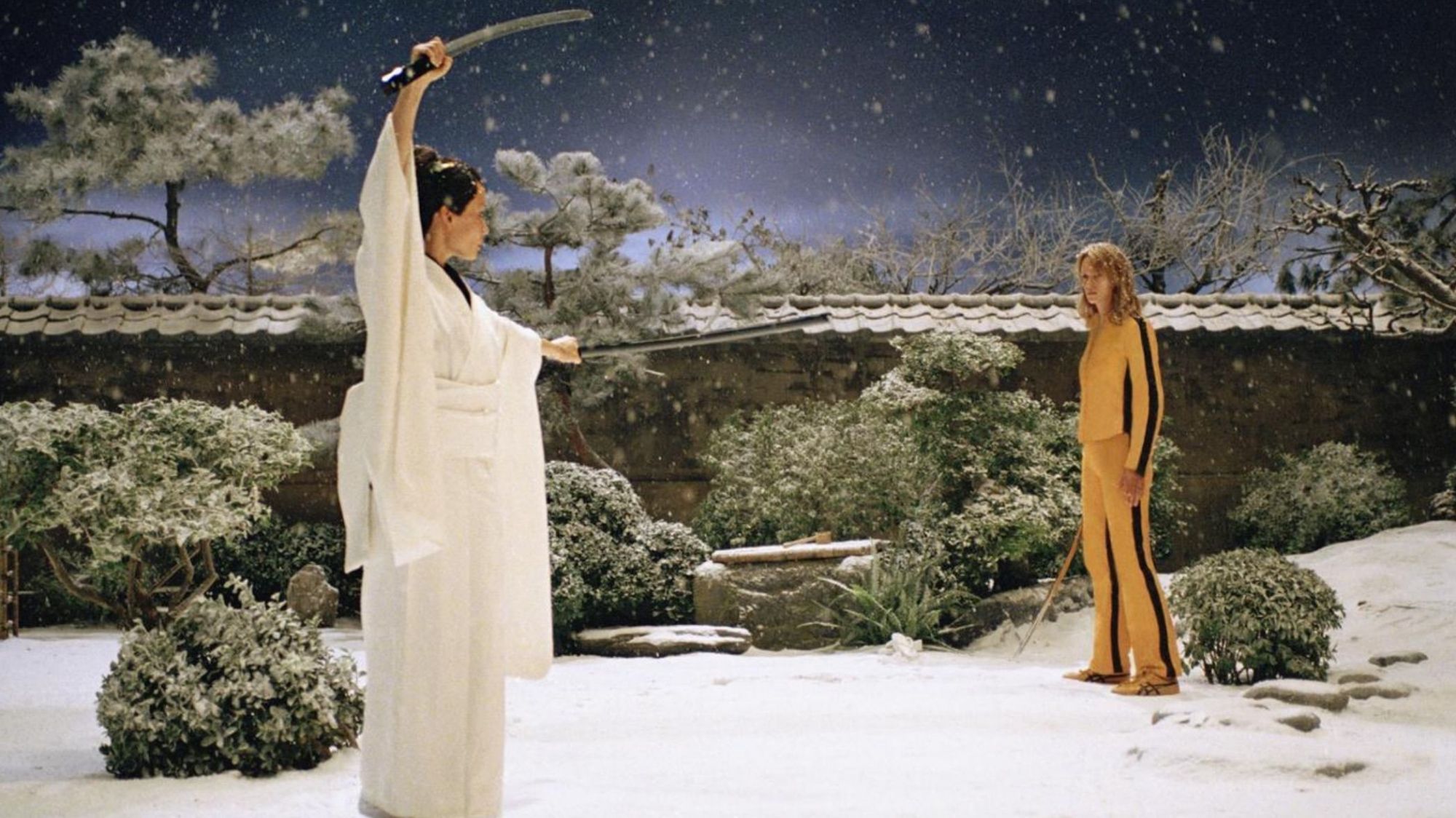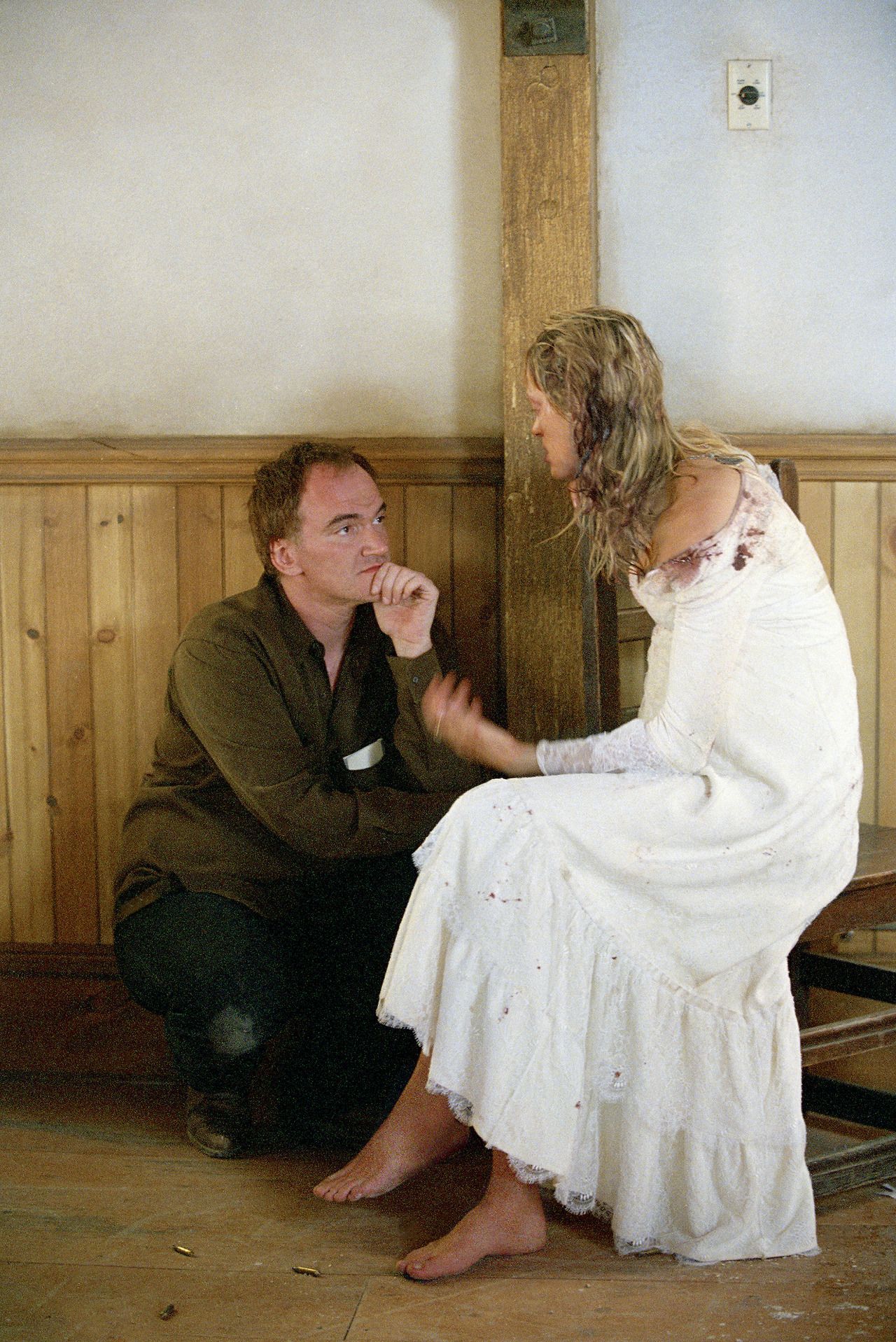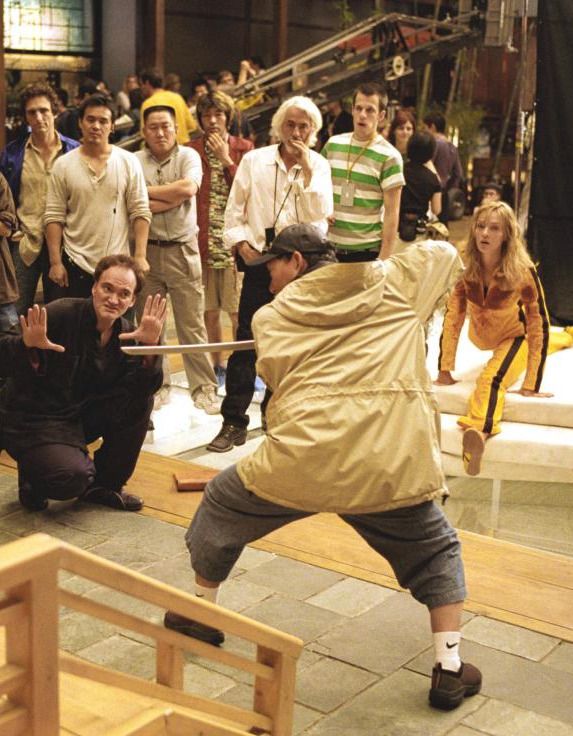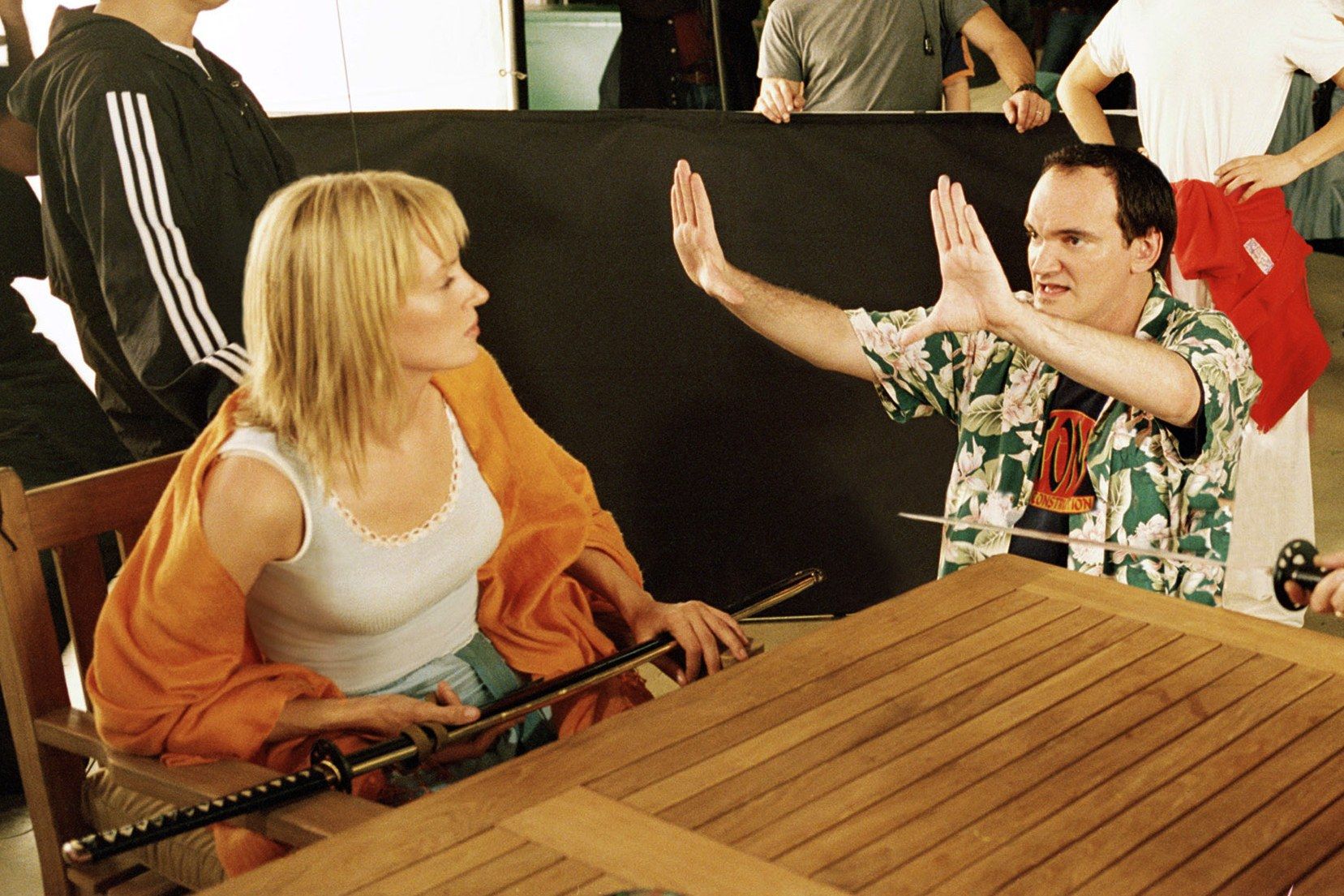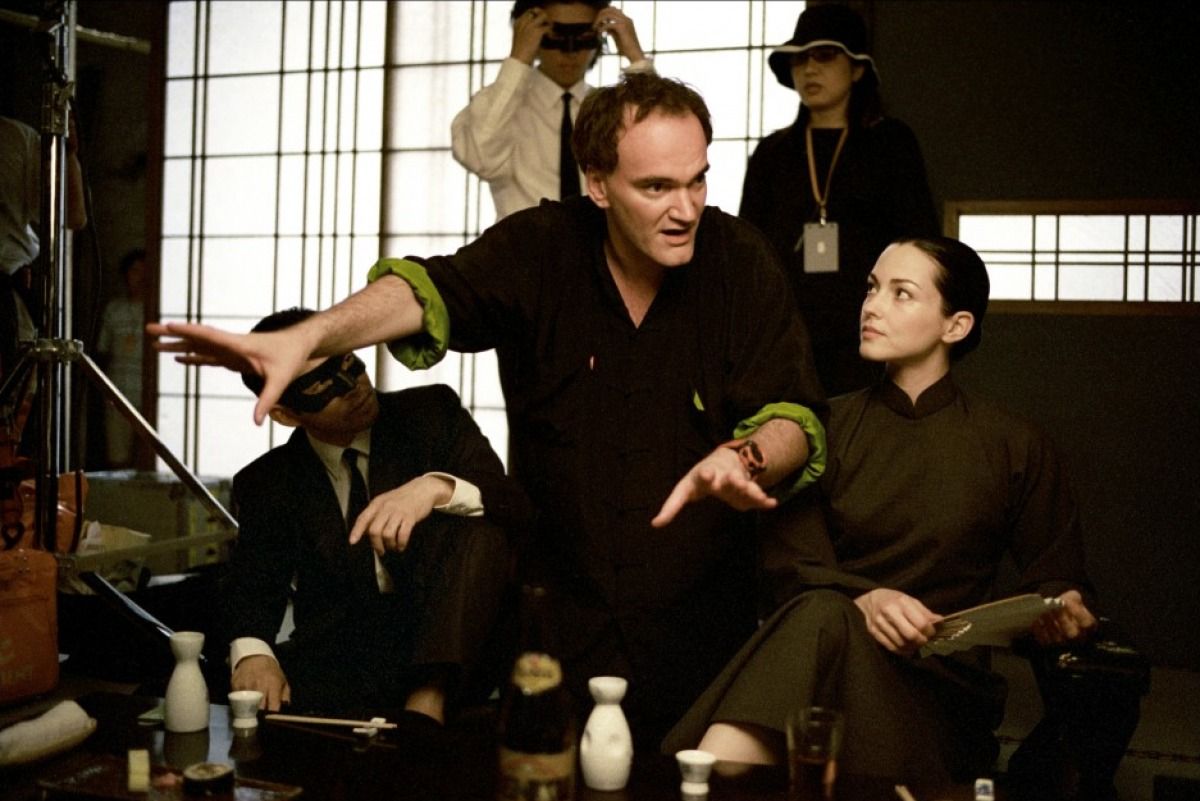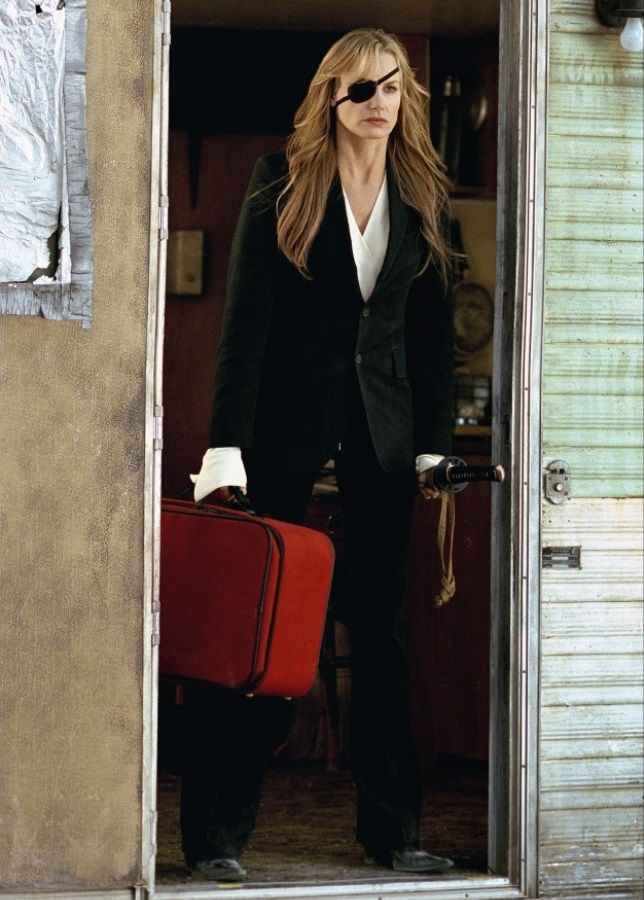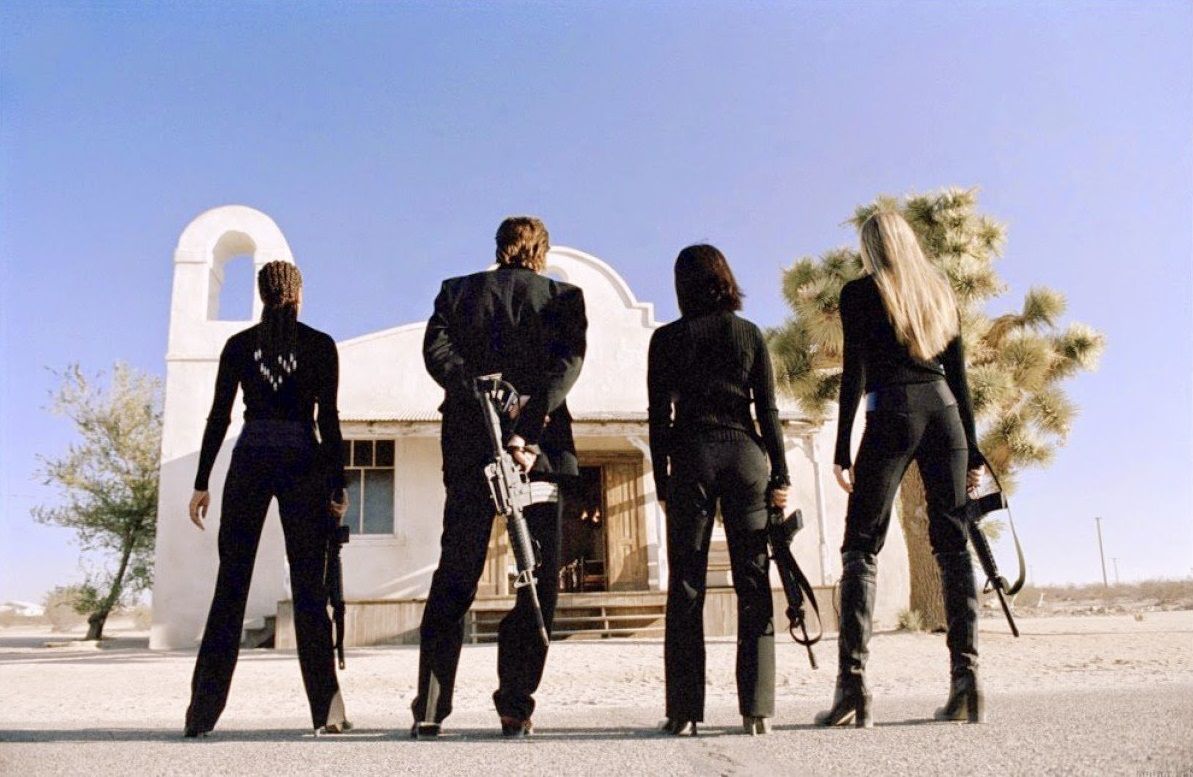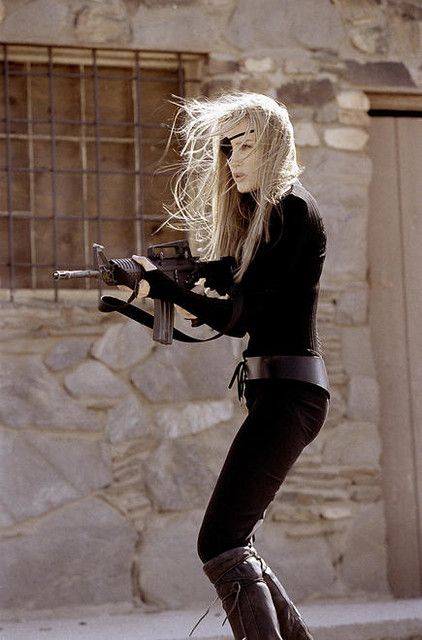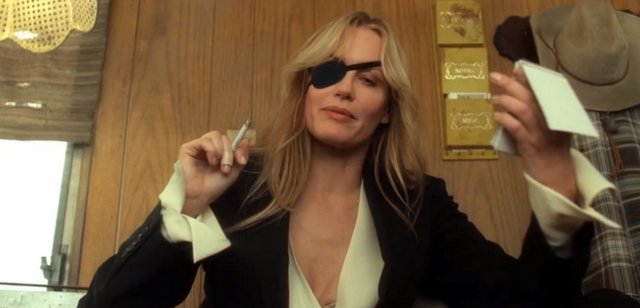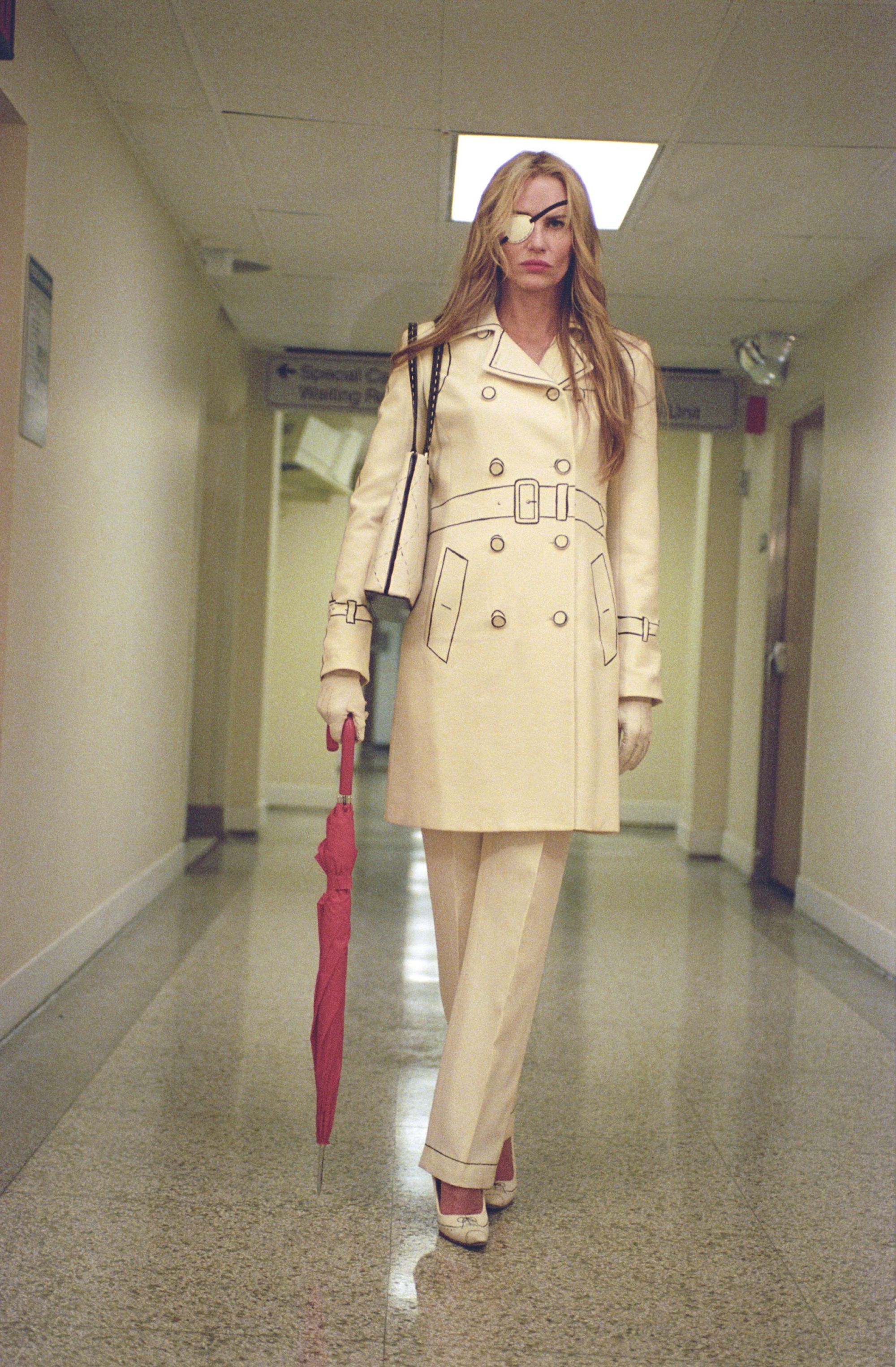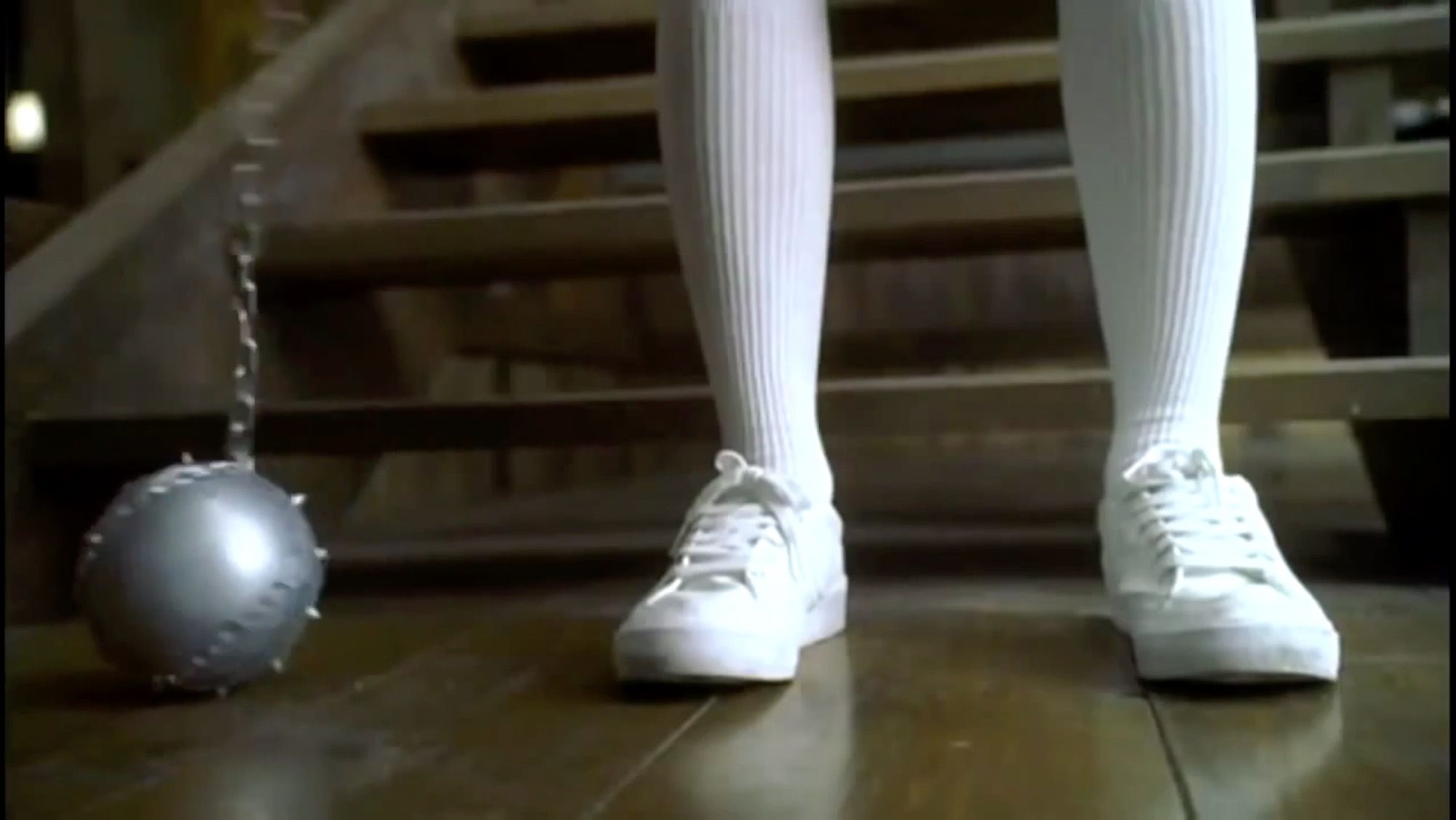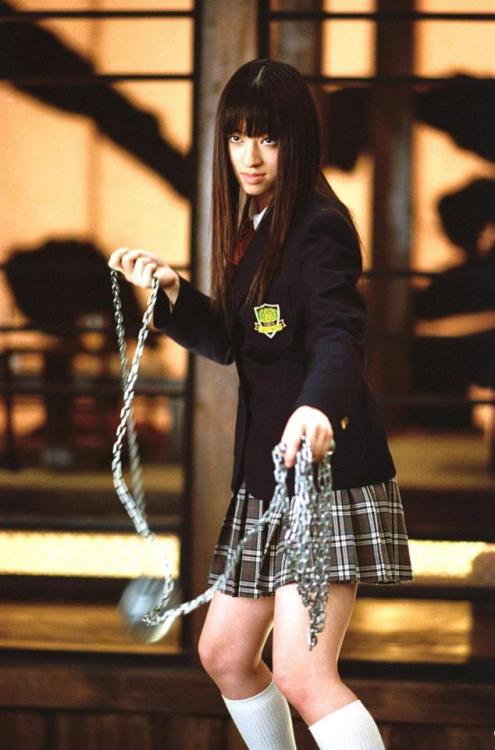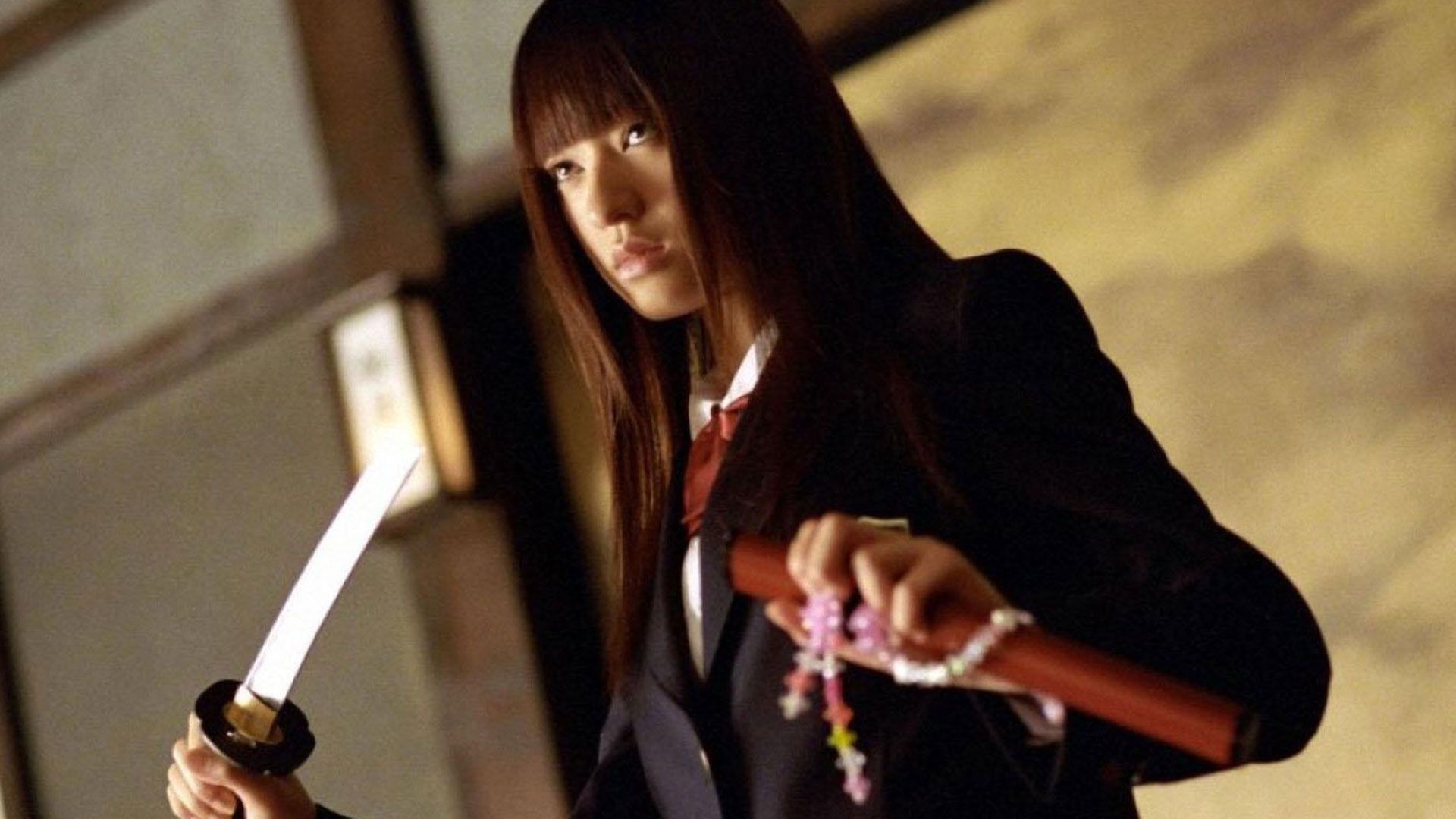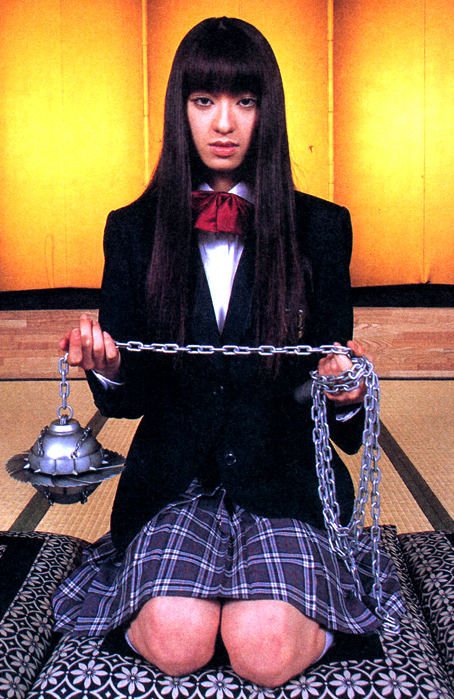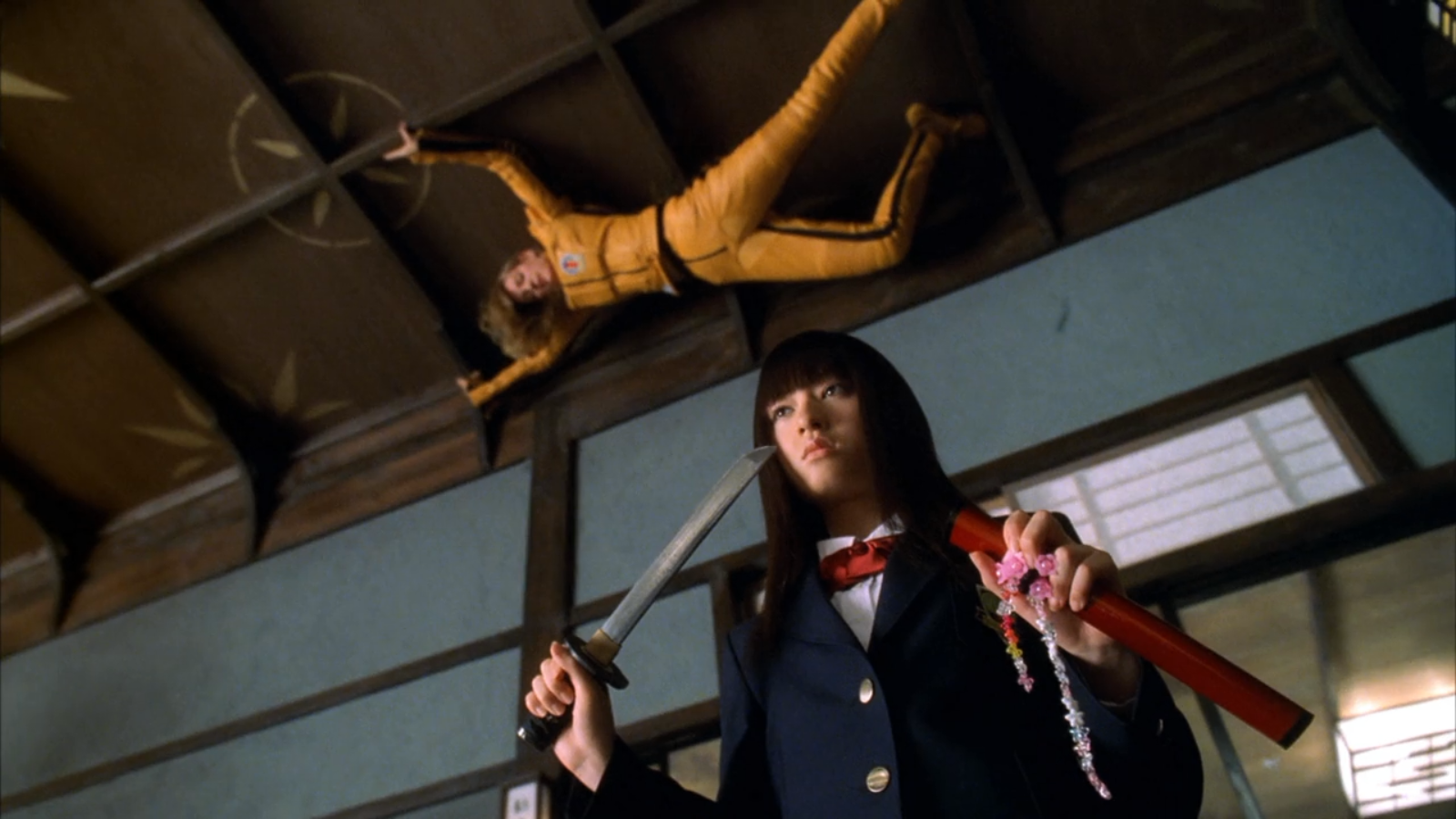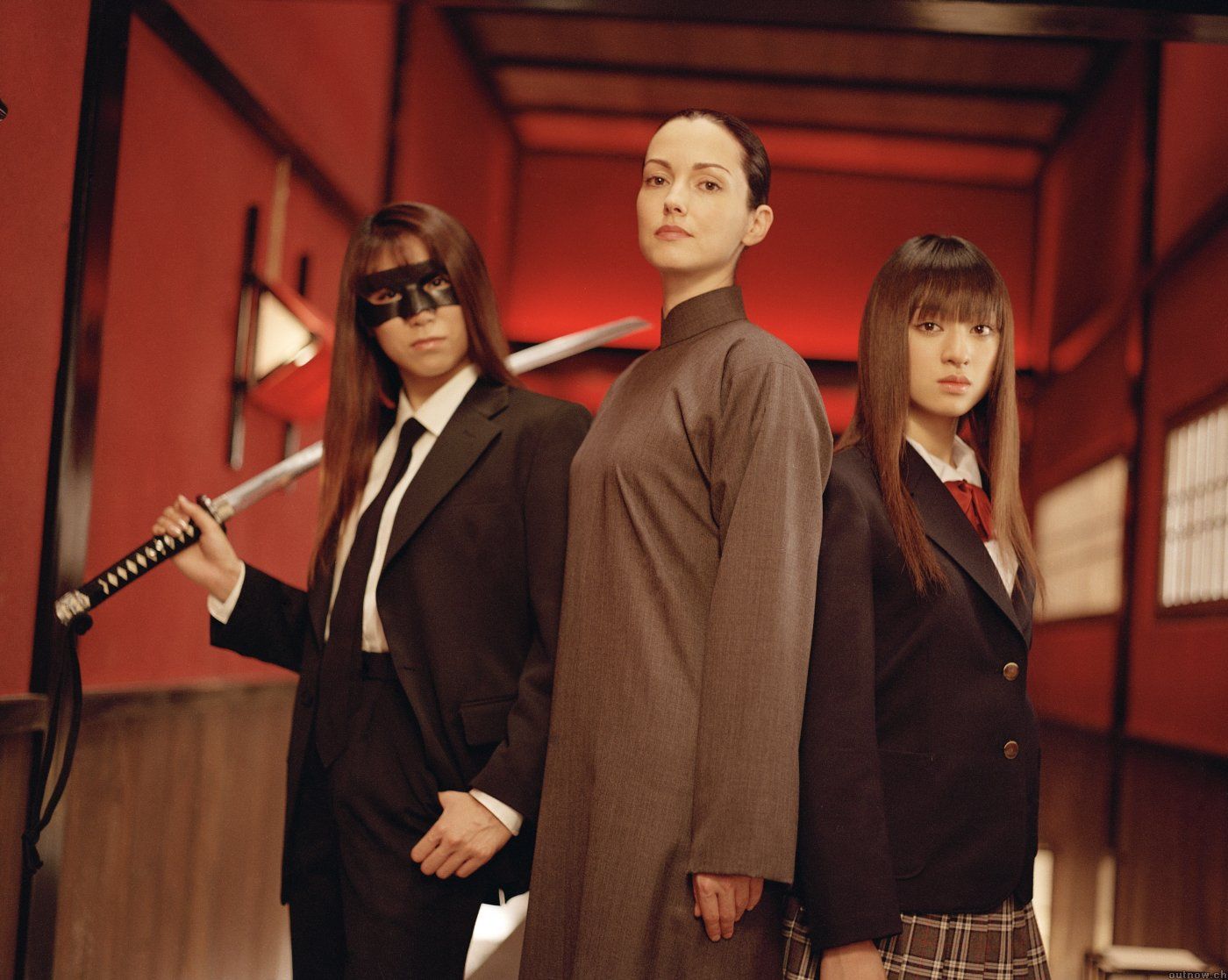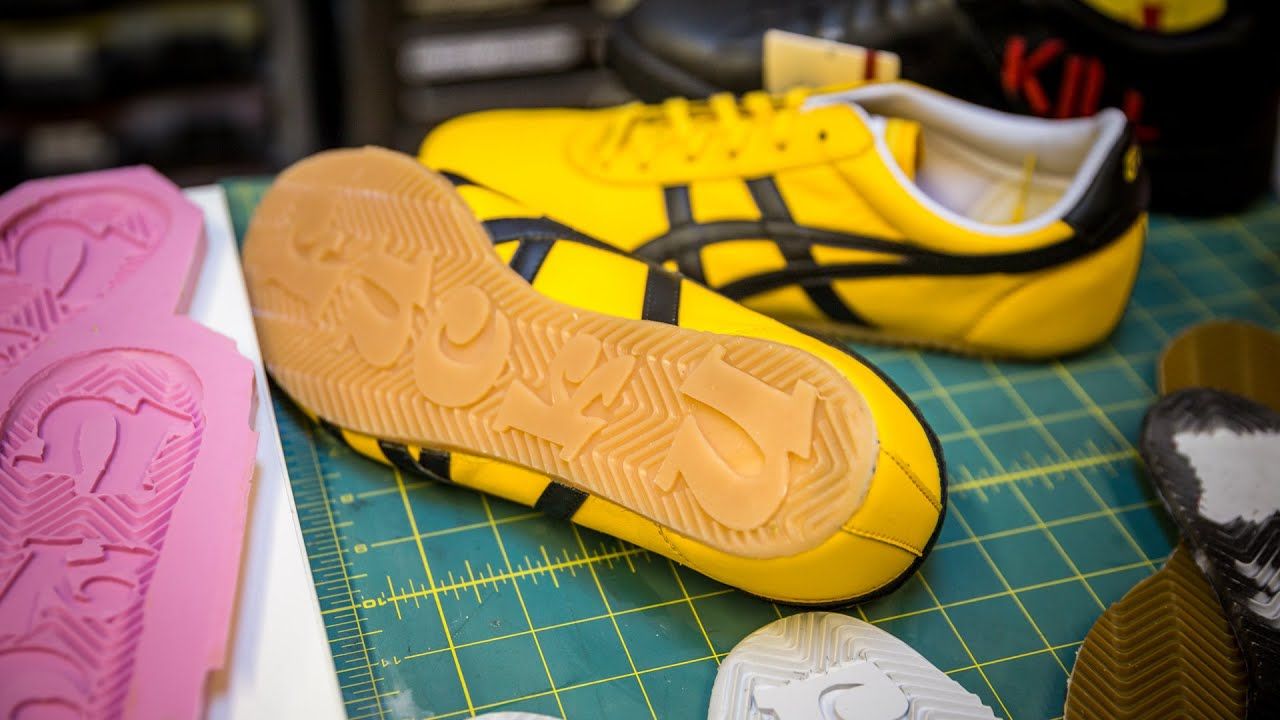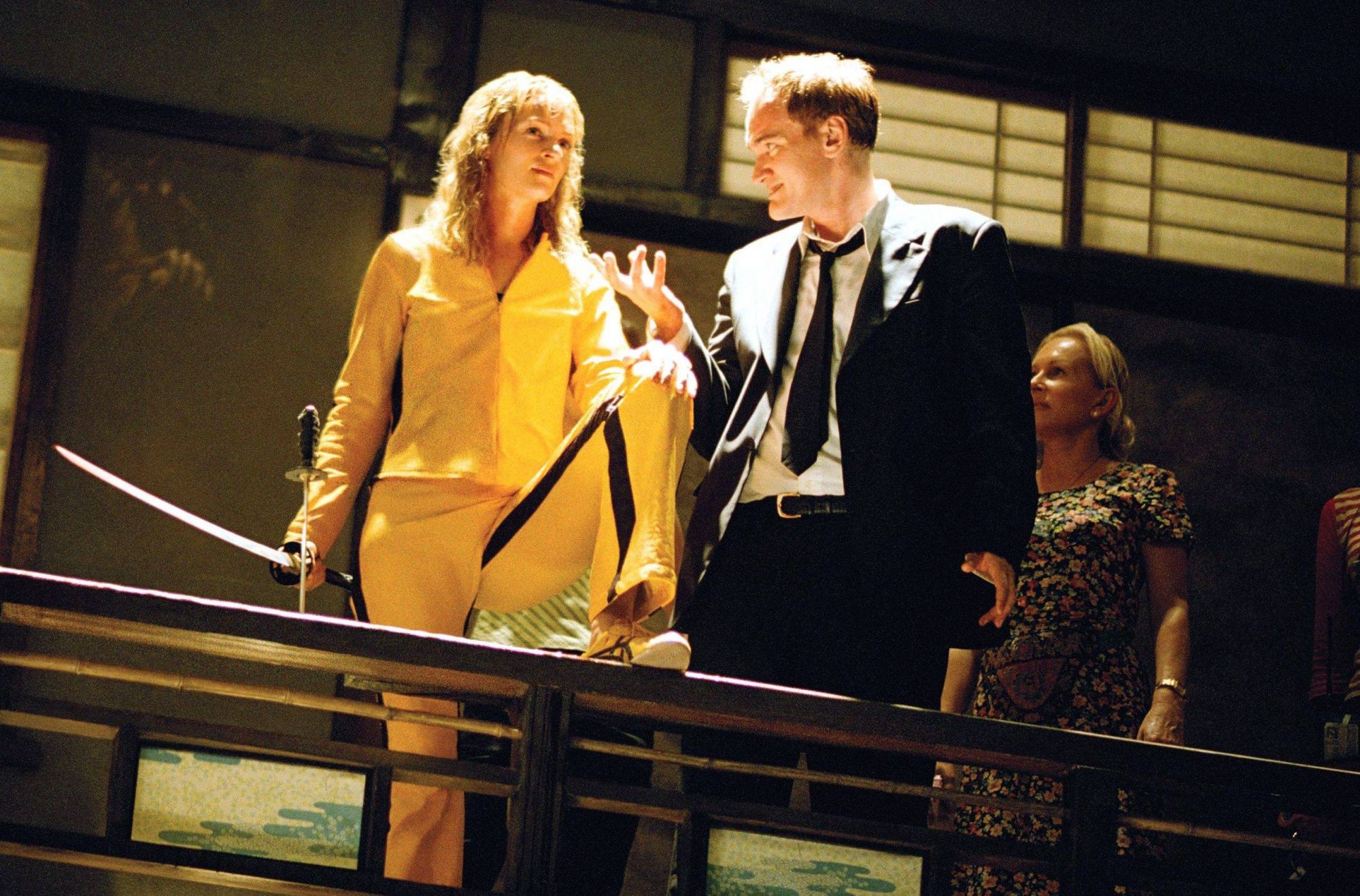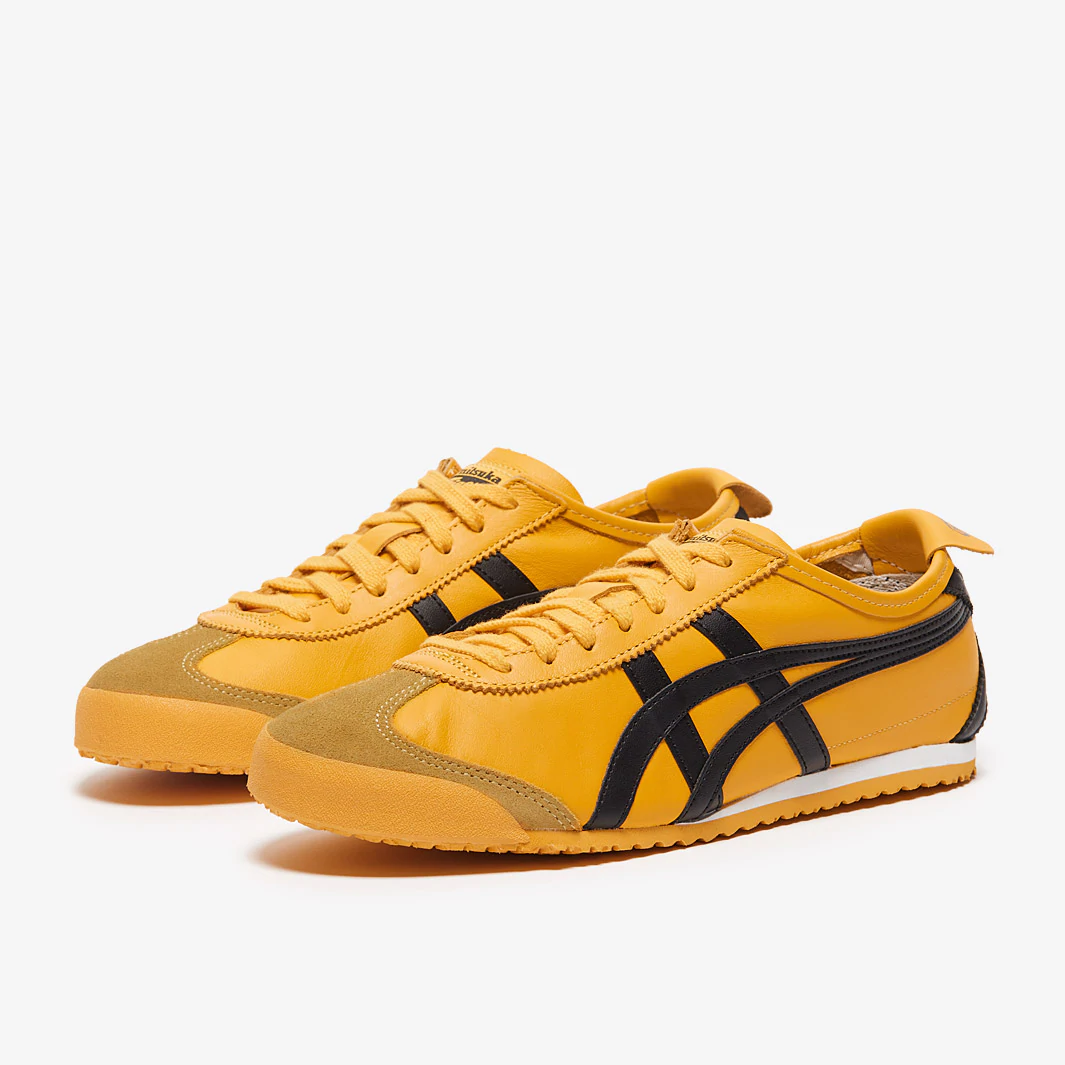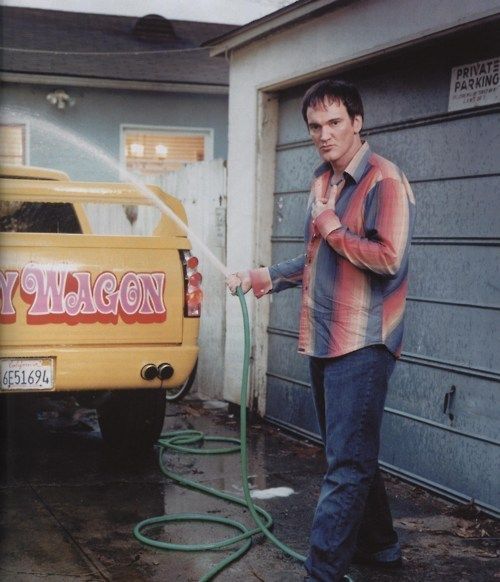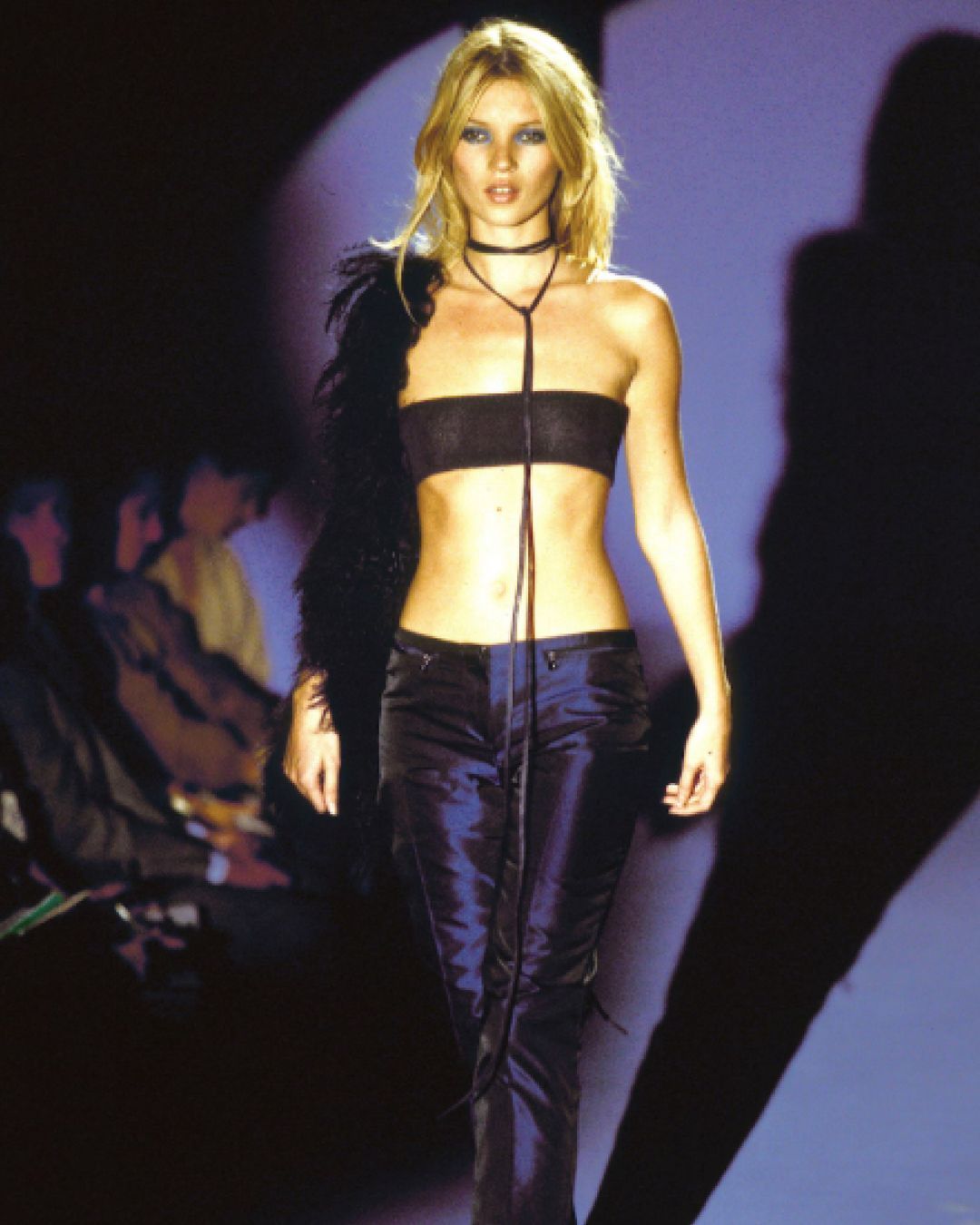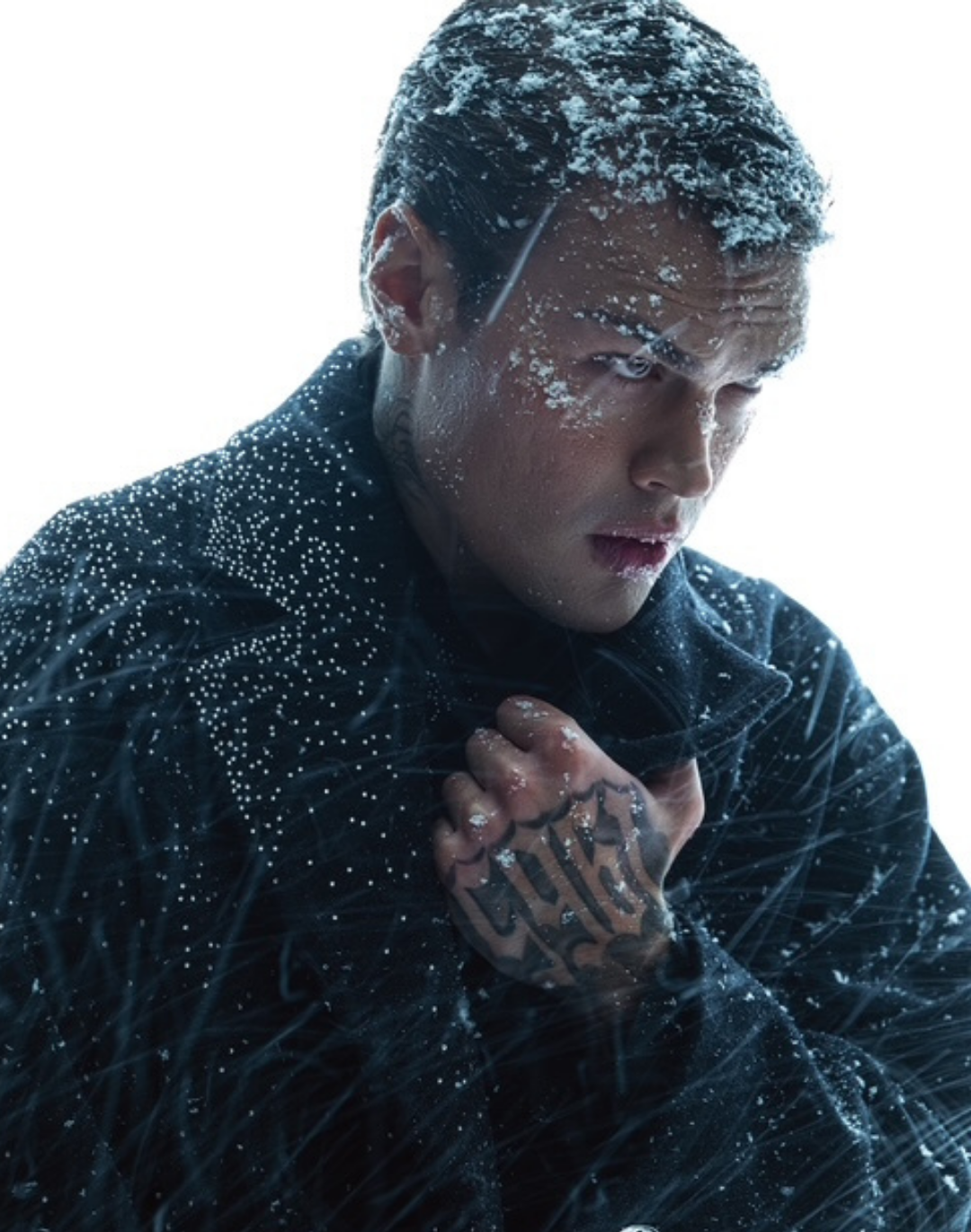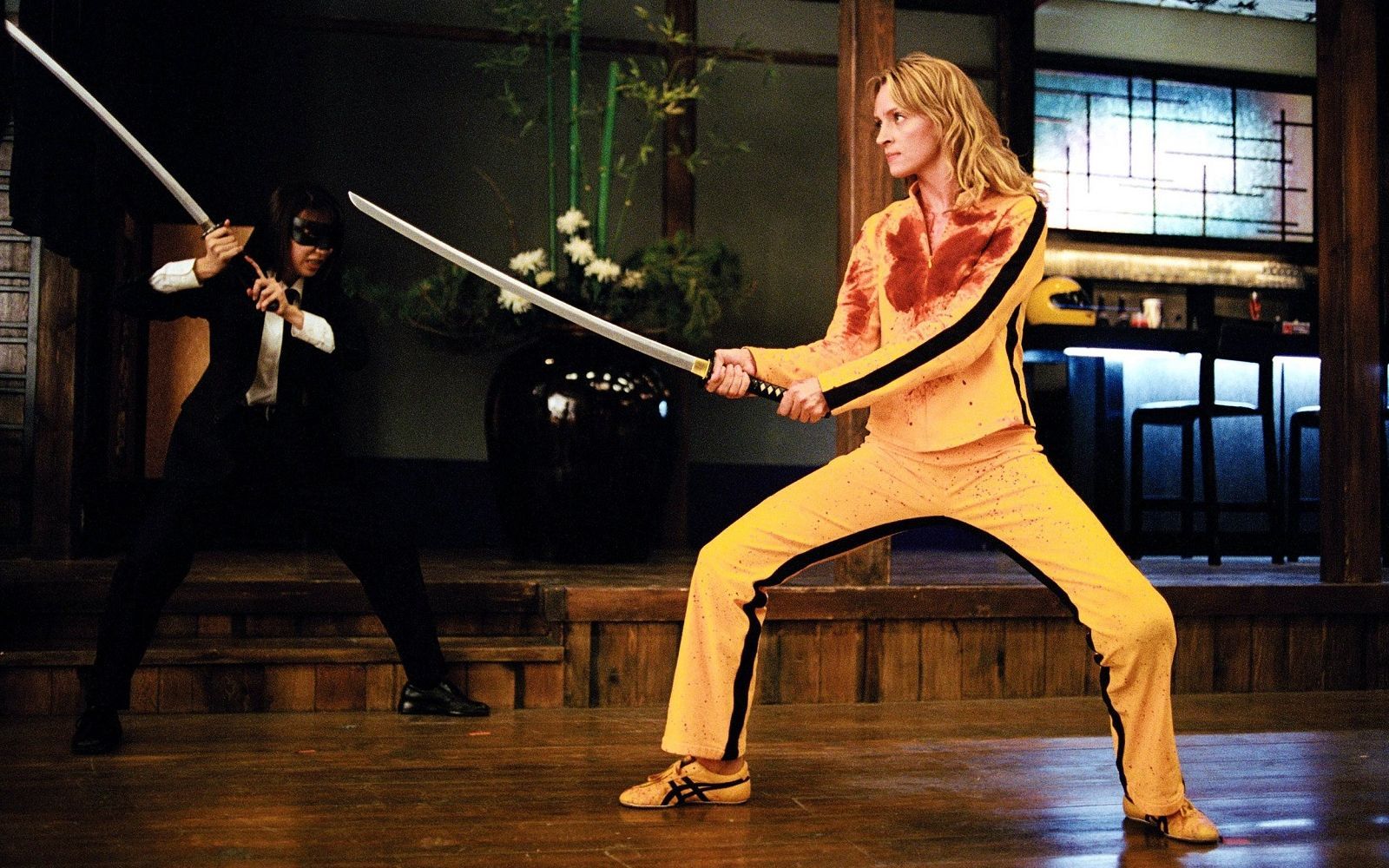
What parts of Kill Bill's style still lives on in 2019? Sixteen years after its arrival on screens, Tarantino's movie is a masterclass in style
Of all Quentin Tarantino's films, there is one that has marked the collective imagination more than any other: Kill Bill. Beyond its cinematic merits, Kill Bill has remained memorable for its characters whose identities, as often happens in Tarantino's cinema, are strongly defined by their costumes. The work of the two costume designers, Catherine Marie Thomas and Kumiko Ogawa, was in fact "double": each costume represented an interpretation of the characters's mind and a cinematic quote. That's why Kill Bill's costume design remains a unicum throughout Tarantino's filmography: the clothes are the protagonists of certain scenes as much as the actors and the story behind them is an integral part of the film's nostalgic soul. At its most important moments, Kill Bill's aesthetic can provide keys to interpret and contextualize some aspects of the aesthetics of the decade that is coming to an end.
The most iconic of all outfits is the yellow and black suit worn by Uma Thurman during her clash with the Crazy 88s, a phalanx of yakuza assassins in black suit and leather mask. No action heroine, before this moment, had sported such a flashy and colorful look. The stereotype of the 90s heroine included as the only outfit a ubiquitous black suit or at least extremely revealing clothes: Trinity of The Matrix and Selene of Underworld were dressed in latex and black leather, the Nikita of Besson's film of the same name was often in lingerie and high heels while Ellen Ripley of Alien and Sarah Connor of Terminator wore simple tank tops. Uma Thurman's Bride, on the other hand, has never had anything sensual, no neckline, no uncovered skin. Her yellow and black outfit and Onitsuka Tiger Mexico 66 were practical: the Bride was a warrior not a seductress.
Sixteen years later, that yellow and black jumpsuit seems prophetic of future fashion trends in its ability to aesthetically elevate a sportswear garment through a bold use of color blocking to create a look that would remain imprinted on the minds of viewers. It's obvious that the Bride's was not the first brightly colored suit ever seen in cinemas, and it's itself (along with Mexico 66) a reference to Bruce Lee's Game of Death. What makes it special, however, is its nature as an iconic object, of a piece of clothing whose appearance is striking for itself and does not serve to exhibit the body of the wearer. Even the famous Onitsuka Tiger Mexico 66 worn by the Bride could find a place in today's sneaker game, both because ASICS is still one of its main players today, and because the ones we see in the film are custom sneakers: during the scene of the combat you can see the inscription "Fuck U" engraved on the sole of the shoe. A similar thing happened when Reebok created a shoe for the character of Ellen Ripley in Aliens.
The film's second most notable outfit belongs to a secondary character that has remained indelible in fans' memory. Killer Gogo Yubari, played by Chiaki Kuriyama, clashes with the Bride in the typical Japanese high school uniform: jacket, white shirt, a red bow on the collar, a plaid skirt and a pair of suede Nike Blazers Low. This look has the merit of putting together for the first time in an action film the silhouette of a sneaker to that of a dress with a more sartorial line. In addition to the films Battle Royale and Master of the Flying Guillotine, the character is inspired by the 1960s subculture of sukebans, Japanese girls who formed criminal baby gangs and modified their school uniforms drawing inspirations from American crime movies. The sukeban is a style that was born on the street, which mixes uniforms and punk accessories in a way not unlike that of modern designers like Demna Gvasalia and is echoed in Japanese culture in kogyaru style and, in an even more eclectic reading, by harajuku style.
An entire category of outfits of the film instead is a classic of Tarantino: the black suit. Tarantino, who has always been attentive to the costumes of his characters and has lamented the exclusion of his costume designers from the oscar race, stressed the importance of the black suit for him:
«It’s why I made such a big deal about putting all the characters in Reservoir Dogs in these black suits. I thought that would be a really interesting thing – you know, every guy looks better in a black suit. And by the time the 90s rolled around, if you wore a black suit, it kind of looked gangster. It kind of looked badass.».
The black suit is quite present within the film but its highlight is found in the minimal wardrobe of Elle Driver. All of Elle Driver's looks seem to have spilled out of a Hedi Slimane archive. The most notable are two: the white suit in the hospital scene with tailored details designed on the fabric in black in a way reminiscent of Joshua Vides' customs and the black suit with oversized silk shirt that anticipates the sartorial and aggressive looks of brands like Balenciaga and Slimane's Saint Laurent and Céline collections. Unlike O-Ren Ishii, who in with her kimono wants to re-enter the tradition from which she is excluded by birth, and Vernita Green, who took off her black killer clothes and now wears the leggings and sweatshirt of a quiet suburban mother, Elle Driver communicates a status with her suits - a status of woman who, forgive our expression, "wears the pants" but does not give up to prove her superiority even in the smallest details of her own aesthetic.
Although Kill Bill is an all-female epic, the story of how a mother reunites with her daughter, two male characters profoundly affect her journey: the titular Bill, played by the iconic David Carradine, and the retired hitman Budd. Their two looks are very similar and constitute two "high" and "low" interpretations of the same trend: that of cowboy-chic which dominated much of 2019. Bill's character is dressed in a black suit with leather inserts, black boots and a shirt: a modern interpretation of the "man in black" of spaghetti-western with a severe aesthetic, expressing authority and strength. The closest to contemporary aesthetics is Michael Madsnen's Budd, which we see in jeans, boots and cowboy hat and sports two different shirts: one is the classic blue and black bowling shirt, the other a Hawaiian shirt with prints of waves and palm trees. The "modern" cowboy aesthetic is certainly the greatest fashion prophecy in the film.
An honorable mention goes to the "Pussy Wagon", the pickup of the nurse Buck that the Bride steals in one of the best sequences of the film. While appearing for a few minutes on the screen, the yellow pickup decorated with flames in airbrushing, with the 60s font of its graphics, suggests some reflection. The car is so memorable that it has its own name, it’s an iconic object that is an integral part of the identity of the film. The reason for this iconicity is its deliberate and almost autoironic vulgarity, a bad taste that, through the filter of awareness, flips itself and instantly becomes a cult. The motif of the airbrushed flames on the bodywork is a classic case of car camp, which has survived in the culture of sneakers with the Vans Flame Old Skool and in fashion, starting from Harley Davidson’s customs, passing through the skaters that orbited around Thrasher up to the mythological shirts of Guy Fieri, it infiltrated the collections of Prada and Dior Homme for Fall 2018 and those of Vetements two years earlier. Ultimately the Pussy Wagon is a practical example how fonts and graphic elements manage to become memorable in themselves as for example happened with the fonts created by Shawn Stussy, which have determined the success and the iconicity of his original collections, and are have been revived for high-profile shows such as Dior's Pre-Fall 2020.
But here is another question: is the film that inspires fashion or fashion that inspires the film? It's like the egg and chicken dilemma and the answer is much more complex than it might seem. Tarantino is a man in love with the past: almost every costume is a reference to this or that movie, this or that subculture. The outfits featured in his films are so iconic because they are designed by their creator and costume designers to clearly express a personality, convey mental impressions. Kill Bill takes place in an indefinite era, in which the American suburb of our time coexists with the ancient samurai, a world in which digital culture does not exist and which at the same time takes inspiration from the cinema of twenty years ago. The eclecticism of references is what makes its characters so iconic, its icons are just reworkings of other icons.












































